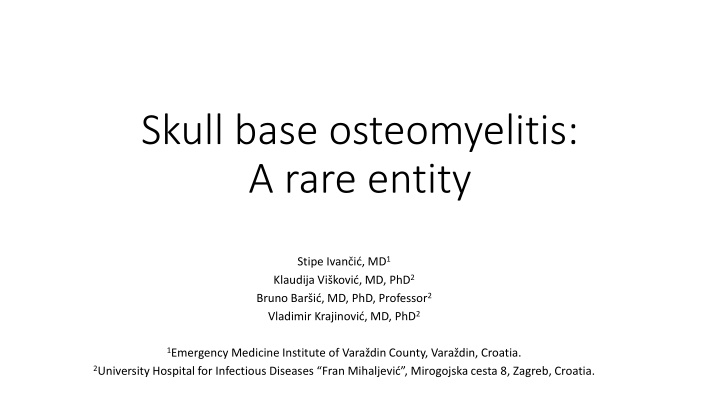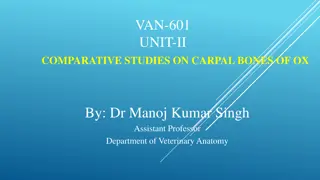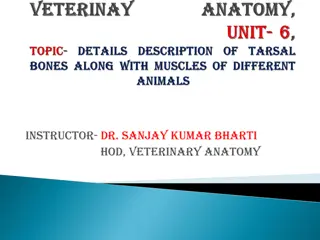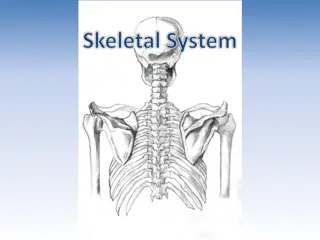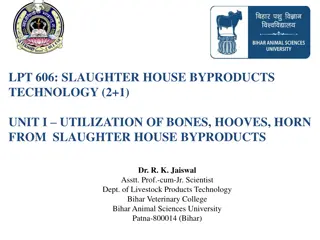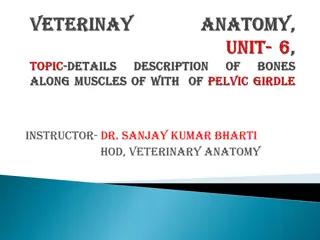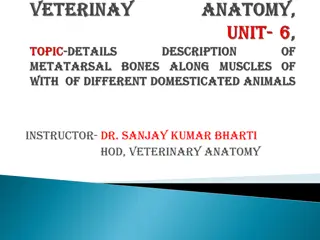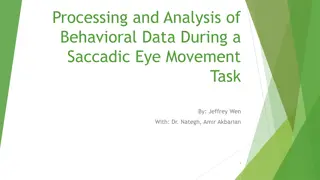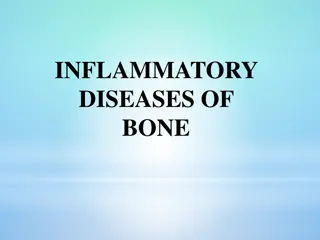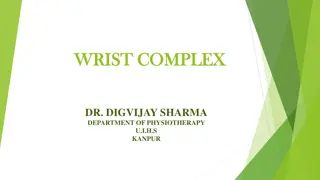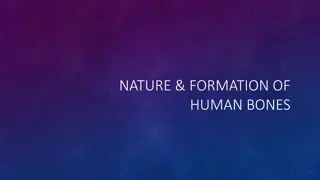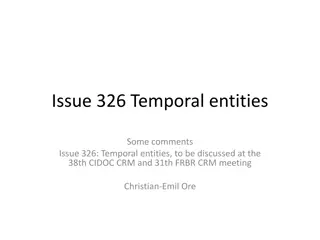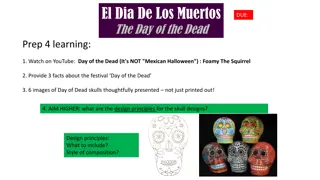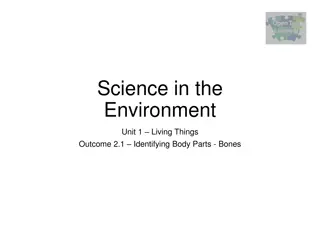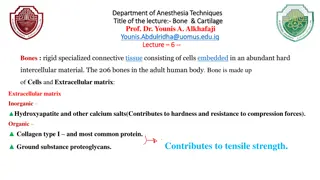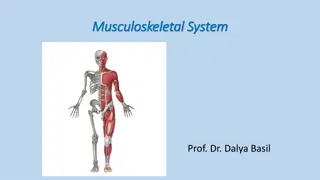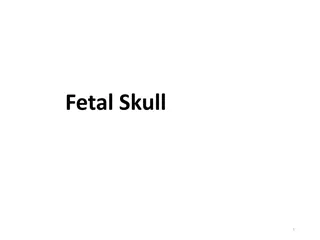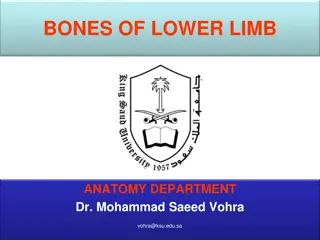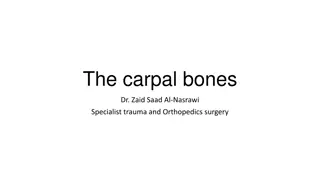Central Skull Base Osteomyelitis: Infection in Sphenoid and Temporal Bones
Central skull base osteomyelitis is a rare infection localized in the sphenoid and temporal bones, often seen as a complication of malignant otitis externa and media. Pseudomonas aeruginosa is the common causative pathogen, presenting with symptoms of headache and cranial nerve palsies. Treatment involves a combination of ceftazidime and carbapenem for at least 6 weeks. Learn more about this unique entity and its clinical manifestations.
Download Presentation

Please find below an Image/Link to download the presentation.
The content on the website is provided AS IS for your information and personal use only. It may not be sold, licensed, or shared on other websites without obtaining consent from the author.If you encounter any issues during the download, it is possible that the publisher has removed the file from their server.
You are allowed to download the files provided on this website for personal or commercial use, subject to the condition that they are used lawfully. All files are the property of their respective owners.
The content on the website is provided AS IS for your information and personal use only. It may not be sold, licensed, or shared on other websites without obtaining consent from the author.
E N D
Presentation Transcript
Skull base osteomyelitis: A rare entity Stipe Ivan i , MD1 Klaudija Vi kovi , MD, PhD2 Bruno Bar i , MD, PhD, Professor2 Vladimir Krajinovi , MD, PhD2 1Emergency Medicine Institute of Vara din County, Vara din, Croatia. 2University Hospital for Infectious Diseases Fran Mihaljevi , Mirogojska cesta 8, Zagreb, Croatia.
History History A 63-year old man with a previously operated cholesteatoma was admitted to the hospital with symptoms of vomiting and vertigo. Symptoms progressed despite receiving coamoxiclav, cranial nerve palsies appeared and patient was transferred to the ICU because of respiratory failure. Results of hemocultures (P. aeruginosa positive) narrowed therapy to meropenem and cefepim.
During hospitalization patient suffered a massive ischemic stroke (Fig. 1) because of compression of the left internal carotid artery (Fig. 2). The patient died due to complications and spread of infection. Fig. 1 Fig. 2
Cranial CT is usually used as the initial diagnostic test, though its sensitivity in detecting disease is fairly limited without intial bone destruction. MRI on the other hand can differentiate between the soft tissue structures, but cannot differentiate between multiple disease processes (Fig. 3). Fig. 3
Central skull base osteomyelitis Central skull base osteomyelitis Central skull base osteomyelitis is an infection localized to the sphenoid and temporal bones. It occurs as a complication of malignant otitis externa and/or media. The most frequent causative pathogen is Pseudomonas aeruginosa. Risk factors include old age and diabetes. Patients usually present with symptoms of headache and cranial nerve palsies. Therapy should be directed at P. aureginosa with a combination of ceftazidime and carbapenem for a mininum of 6 weeks.
